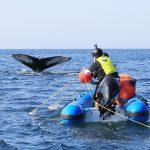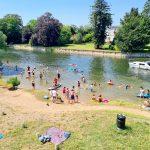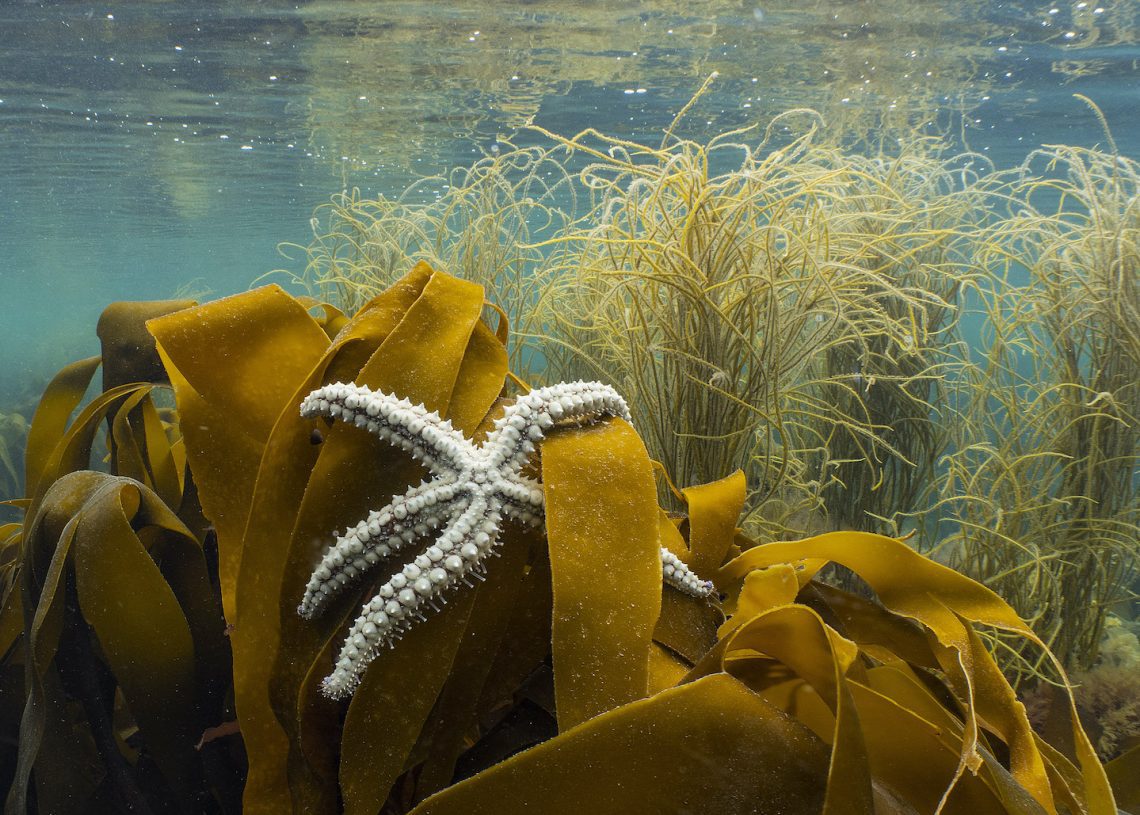
Join in the Big Seaweed Search
This week the Marine Conservation Society and Natural History Museum are calling on beachgoers to record seaweed as as part of their joint citizen science project, the Big Seaweed Search
From 29 July to 6 August the Marine Conservation Society and the Natural History Museum are asking people across the UK to head to the coast and record seaweed as part of their joint national community and citizen science project, the Big Seaweed Search.
By taking part in the Big Seaweed Search, volunteers will be helping to map the distribution of specific species. This provides long-term data to illustrate the impact of environmental changes in our seas, including sea temperature rise, ocean acidification and the spread of non-native seaweeds. At a time when seas around the UK are warmer than usual, seaweed reports could be a useful tool in informing scientists about what this means for our shores.
The UK is home to a diverse range of seaweed species, with over 650 different kinds found on UK shore.
Super seaweed
Justine Millard, Head of Volunteering and Citizen Science at the Marine Conservation Society, said, “Anyone can get involved with Big Seaweed Search Week. You don’t need to be a seaweed expert or live near the sea, just one visit to the coast will do. You can use our handy resources to identify and record what you see.
“Seaweed is a real ocean superstar, helping to buffer the effects of climate change, absorbing and storing carbon and protecting our coasts from waves and storm damage. However, populations of kelp – large brown seaweeds that are a vital ‘blue carbon’ store – are reported to be declining around the world, limiting our ocean’s ability to absorb carbon and combat the climate crisis. The more data we gather, the more knowledge we’ll have to protect our ocean, and seaweeds, for the future.”
Useful data
Together, the Marine Conservation Society and the Natural History Museum, have released results from last year’s Big Seaweed Search. During this period, volunteers submitted 470 records of seaweed across the UK, with Bladder Wrack and Serrated Wrack the most frequently identified. Both species can be indicators of sea temperature rise. The third most identified seaweed was Calcified Crusts, which can be an indicator of ocean acidification.
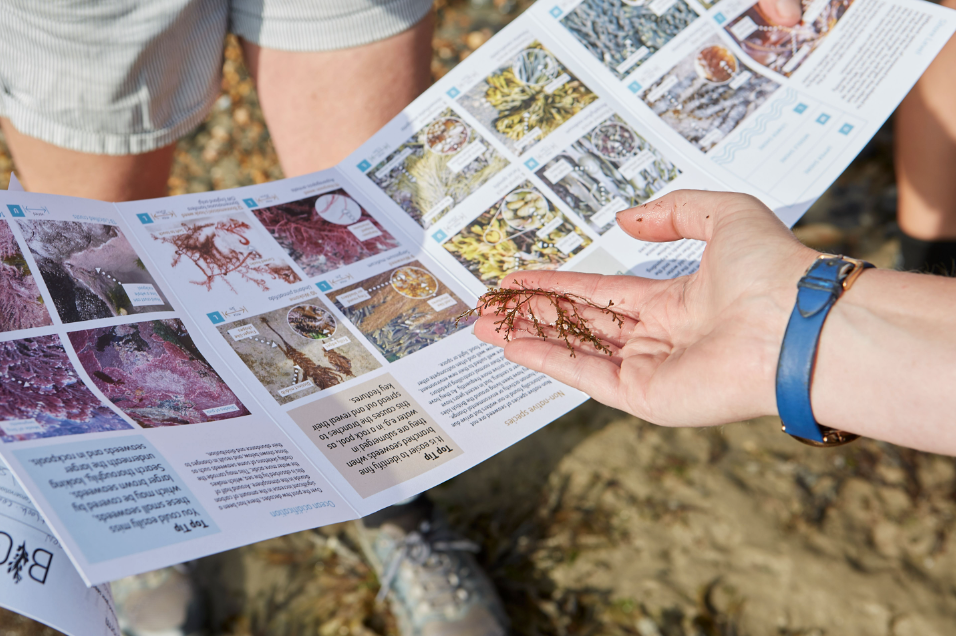
While the organisations have four years of data on UK seaweeds, more data is needed to get an accurate understanding of how seaweed distribution and types relate to environmental changes.
Head to the beach
It’s easy to get involved in Big Seaweed Search, and anyone can take part, all year round. Training videos and online resources are available, including a guide which helps beachgoers to identify the seaweed species they’re likely to spot and explains what they need to do.
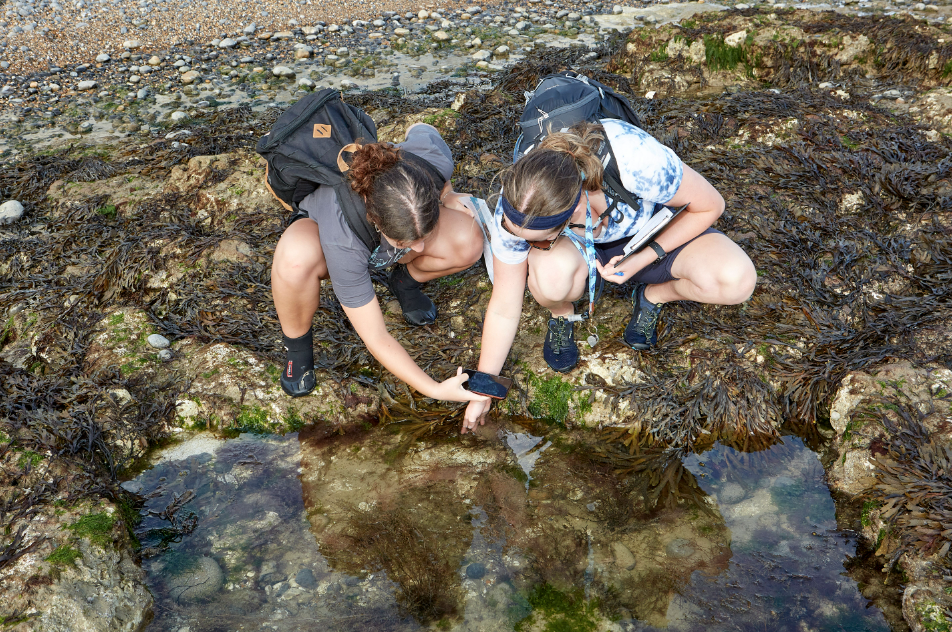
The survey can be carried out as an individual or in groups, and be completed on a mobile, tablet or computer.
To get involved simply:
- Register to take part and download your guide and recording form at bigseaweedsearch.org
- Choose your 5 metres of coastline to survey
- Fill in your survey form
- Take LOTS of clear, close-up photographs for your survey to be accepted
- Submit your survey through bigseaweedsearch.org
Visit the Marine Conservation Society website for all the information you’ll need to get started.
Sign up to our newsletter for more environmental news.







